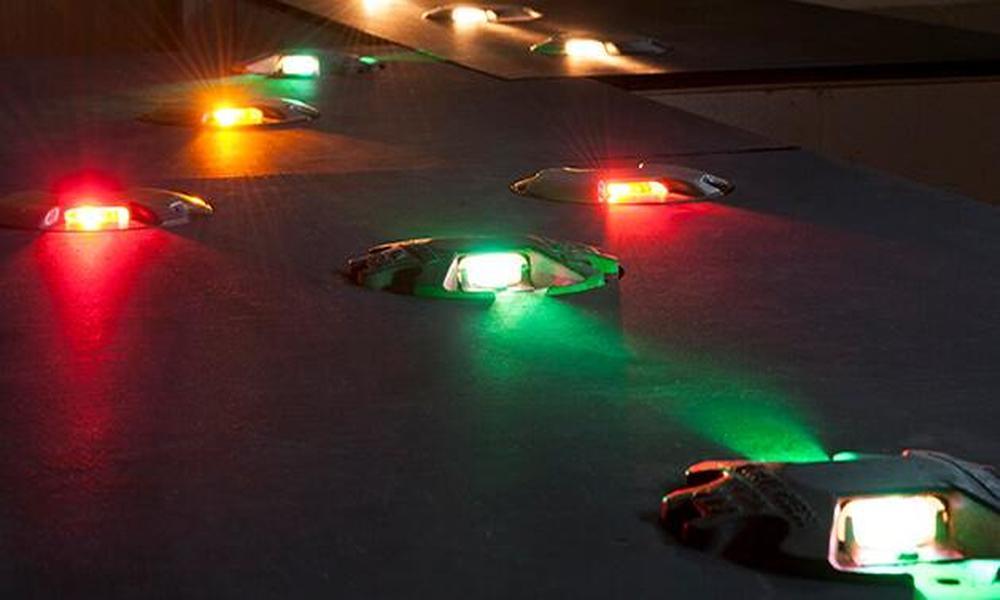The bustling world of aviation relies on a multitude of professionals working behind the scenes to ensure the safety and efficiency of air travel. Among these unsung heroes is the airfield lighting electrician. In this comprehensive guide, we will dive into the crucial role played by these specialized technicians in the aviation industry.
Introduction to the Airfield Lighting Electrician
They are highly skilled individuals responsible for installing, maintaining, and repairing the intricate lighting systems that illuminate airport runways, taxiways, and other essential areas. Their work is vital to ensure safe aircraft movements, especially during nighttime operations and adverse weather conditions.
These professionals are a crucial part of airport operations, working diligently to guarantee that pilots and air traffic controllers have the necessary visibility to navigate the airport safely. Let’s explore the various aspects of their role in more detail.
Qualifications and Training
Becoming a lighting electrician requires a combination of education and hands-on training. Typically, individuals in this profession have a background in electrical engineering or a related field. They must also obtain relevant certifications and licenses, as safety is paramount when dealing with high-voltage electrical systems.
Moreover, many electricians receive specialized training specific to airport lighting systems. This training equips them with the knowledge and skills necessary to work on complex lighting setups found at airports.
Installation and Maintenance
One of the primary responsibilities of an electrician is the installation and maintenance of airfield lighting systems. This involves setting up runway edge lights, taxiway lights, approach lighting systems, and more. The precision required for this work cannot be overstated, as even a small error could compromise aircraft safety.
Maintenance is an ongoing task. Regular inspections, cleaning, and testing are essential to ensure that the lights function correctly. They must be vigilant in identifying and addressing issues promptly to prevent disruptions to airport operations.
Troubleshooting and Repairs
Airfield lighting systems are intricate and subject to wear and tear due to constant exposure to the elements and the stresses of aircraft operations. When malfunctions occur, these electricians are called upon to diagnose and repair the problem swiftly.
Their troubleshooting skills are critical, as any downtime in runway or taxiway lighting can lead to flight delays and safety concerns. These professionals are often on call 24/7 to respond to emergencies and keep the airport running smoothly.
Upgrading and Modernization
As technology advances, airports often need to upgrade their lighting systems to meet evolving standards and improve efficiency. They play a key role in these modernization efforts. They work on projects to replace older lighting systems with energy-efficient LED lights and implement smart lighting control systems.
These upgrades not only enhance airport operations but also contribute to sustainability efforts by reducing energy consumption and minimizing light pollution in surrounding areas.
Collaboration with Airport Personnel
They work closely with various airport personnel, including air traffic controllers and airport maintenance teams. Effective communication and collaboration are essential to ensure that lighting systems align with air traffic control requirements and safety protocols.
Their expertise is invaluable during emergency situations, such as aircraft diversions or inclement weather, when quick adjustments to lighting systems may be necessary to accommodate changing circumstances.
Ensuring Safety Compliance
Safety is the top priority in aviation, and they are responsible for ensuring that all lighting systems meet or exceed safety regulations. They conduct regular inspections to verify that lights are correctly positioned, adequately illuminated, and visible from the required distances.
Compliance with safety standards is not just a matter of protocol; it is essential to prevent accidents and maintain the high level of safety that the aviation industry demands.
Conclusion
In the intricate web of airport operations, the role of an airfield lighting electrician is often overlooked but never underestimated. These skilled professionals are the guardians of visibility on airport runways and taxiways, ensuring that pilots and air traffic controllers have the necessary guidance to keep flights safe and on schedule.






